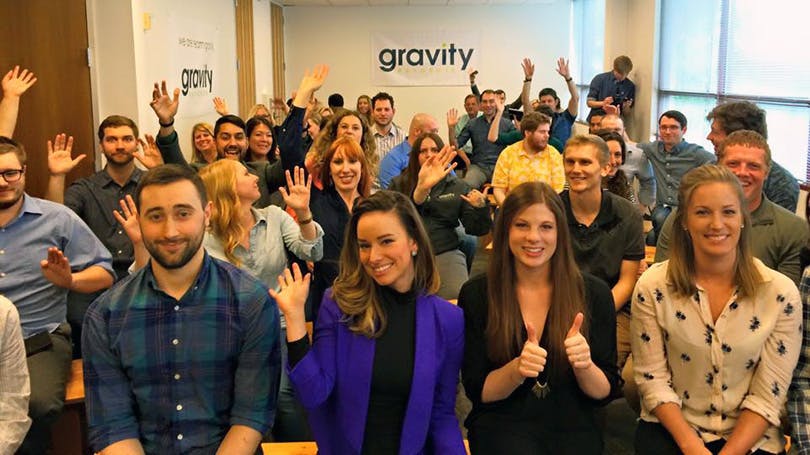Many of you may have read about Gravity Payments, the company in Seattle with the magnanimous CEO who decided to do the right thing.
In April, CEO Dan Price (and that’s a great name for a comp article) decided to cut his own pay from $1 million to $70,000 annually and use the difference to provide raises in base pay to nearly the entire company. His goal was a minimum base pay of $70,000 for everyone.
How could this possible go wrong? And the media asked, “Why can’t everyone see how wonderful this is and do the same thing?”
3 reasons why this pay raise is a bad idea
Compensation professionals may immediately see some holes in this logic, but let’s list some of big items so we are on the same page.
- The math is not forgiving. A million dollars – $70,000 = $930,000. The math is simple but the impact is not always obvious. Gravity Payments had 120 employees at the time of the big change. This budget enhancement created an average raise of only $7,750 per person. If there were even 20 people making Seattle’s nation-leading minimum wage of $15/hr ($31,250/yr), each of them would need a raise of about $39,000 to get to the new company minimum (20 x $39,000 = $780,000). The company had $150,000 to spread to the remaining 100 employees ($1,500/person). Even if the remaining employees made “almost” $70,000 (let’s say they made $68,000 on average), there would not be enough left to get everyone to the new minimum. Ouch!
- Everyone may be created equal, but not everyone delivers equally. If you pay your least valuable employee $70,000, your most valuable employees will expect some reasonable level of differentiation. Without this you will end up with disgruntled or disappearing key talent.
- Base pay is expensive, and big raises have limited long-term impact. The money may have been better spent in another way. The big change was a surprise to the employees. While I am sure some of them were very happy, I bet many others could have listed better ways to spend $930,000 on the success of the company and its individuals. The company might have wanted to start this project by talking to its valued employees. They may have found that other solutions were simply more viable.
Other issues that are impacting the company
So, a few months have gone by and the program has had some time to have an impact. Gravity Payments is once again in the news.
- There are reports that the CEO is struggling to pay his personal bills (in part due to fighting a lawsuit filed after the raise was announced).
- The company has lost a couple of key staff members who believed that the new system benefited the less ambitious while penalizing those who contributed more.
- Clients have even opined on the program. One influential business owner in Seattle has publicly stated that the program has made things “harder for the rest of us” in the area — a clear reference to the fact that many companies can’t even begin to do something similar.
The truth is that the Gravity’s $1 million CEO salary was probably far too high for a company with only 120 employees and $2.2 million in profits for the prior year. It’s likely that a good compensation expert could have pointed this out very early in the process (probably before the pay was even approved).
Shareholders needed to be part of this plan
But, a more important basic truth is that even the highest paid CEOs cannot single-handedly “fix” pay at their company by taking a pay cut. While the inequality between the top and the bottom is often far too wide, the math between a direct cut in CEO pay and an appropriate increase in broad-based pay seldom works. The shareholders are the ones who will need to absorb most of a broad-based increase of any substantial amount.
These are the same shareholders who are given a chance to vote on CEO pay and find that 98 percent of the time it is just fine. The real question, is there any appetite for lower shareholder returns (even temporarily) in order to fund better pay equity?
All the pay ratio data, executive pay cuts, and pay limitations in the world are not enough to fix pay inequity without a contribution from the shareholders themselves. And that, quite simply, seems unlikely to happen any time soon.
This was originally published at the Compensation Café blog, where you can find a daily dose of caffeinated conversation on everything compensation.
